Ideal for many small business owners
For many small business owners – especially for those on the younger side – retirement may seem like an abstract notion. “That’s decades off,” you may think.
True, but the time to plan for retirement is now. The remaining time between today and when you plan to retire is a valuable resource. You want to use all of those years to save and build interest, so that you can retire comfortably – and worry less in the meantime.
But, if you’re reading this, you’re likely working for yourself. (Go, you.) That means you may not have access to a big company’s profit sharing or 401(k) plan as an employee. Without access to those conventional resources, how can you sock away tax-deferred money for retirement?
Take Uncle Sam up on a SEP
Luckily, there’s a retirement vehicle that’s tailor-suited for small business owners and freelancers, especially those without employees: the SEP IRA.
SEP IRA stands for Simplified Employee Pension (SEP) Individual Retirement Account (IRA). You may have heard of other IRAs before, including traditional and Roth IRAs. If you own a small business, the SEP IRA offers you some advantages over those kinds of IRAs. (You can contribute more money annually to a SEP, for example.)
One other thing to know? Your small business doesn’t need to be an LLC or otherwise incorporated as a company to open a SEP IRA. Any business owner with one or more employees can start a SEP IRA.
The ABCs of IRAs
Before we talk about what makes a SEP IRA different (and, in some cases, better), let’s discuss the basics of using an IRA for retirement.
When you put money into an IRA, that money is tax-deferred. That does not mean tax-free. Instead, the taxes are deferred, or delayed. You pay taxes on the money later, when you use it in retirement.
The good news? If your IRA balance earns interest over time, that interest is also tax-deferred, like the principal (or the money you put in). Plus, many people find themselves in a lower tax bracket in retirement, since they’re earning less, or nothing, in income. That means that your IRA, which grew tax-deferred, could ultimately be taxed at a lower rate.
One other thing: An IRA is a government-recognized way to save for retirement. It’s not a stock or a bond or even a savings account. Instead, you would choose how to invest your IRA. After getting advice from your financial advisor, you might opt to invest your IRA’s funds into the stock market, or something safer, depending on your age and investment goals.
Let’s talk SEP specifics
With a SEP IRA, your small business will be making a contribution to you, as an employee of the small business. If you have other eligible employees, your business will need to contribute the same percentage of their compensation to them for their SEP IRAs. You can’t play favorites, in other words.
Of course, for most of you, that’s not pertinent – you only have yourself to worry about. In that case, a SEP lives up to its name (“Simplified”) and keeps things simple. I’ll use that scenario – a solo operation with no employees – to explain the nuts and bolts of SEPs.
Bearing in mind what I just mentioned at the top of this section – your company makes your contribution in a given year – here are some highlights of SEP IRAs:
- Your company can contribute 25% of your 2020 income (or $57,000), – whichever is less. So, if your 2020 income was $60,000, your company would be eligible to put aside up to 25% of that, or $15,000, in your SEP IRA for that year. Note the “whichever is less” language: Said differently, you can only contribute the maximum annual amount, $57,000, if your 2020 income is four times that, or $228,000.
- You are 100% “vested.” With some retirement plans, it takes years for an employee to become “fully vested,” or entitled to all of the employer’s plan contributions. With a SEP IRA, you are 100% vested from the outset, and entitled to the entire balance contributed in your name. (A reminder: a SEP IRA is held in your name, not the company’s.)
- Your contribution is tax deductible for your business. Since your company is setting this money aside for you, your company sees a tax break.
- Your company is not required to contribute every year. This gives you flexibility: Your company can make a SEP contribution in good years, and skip it in down years.
- You still have other retirement investment options. A SEP IRA does not keep you from investing in other retirement plans you may be eligible for, such as a traditional or Roth IRA. Also, if your small business is a “side hustle,” and you work for an employer who offers a traditional 401(k), you can invest in that 401(k) and still build up a second nest egg using a SEP IRA.
- Your company makes the contribution at tax time. You’ll need to know your income for the tax year to calculate your eligible SEP contribution. The deadline for making your SEP contribution is the same as the tax filing deadline. For example, for 2020, the tax filing deadline and the last day to make a 2020 SEP contribution are both April 15, 2021, not counting any filing extensions you request from the IRS.
- You access the principal and interest in retirement. There are tax implications if you take the money out before you turn 59 and a half. Other rules apply as well. Talk with your tax or financial advisor about distribution ins and outs. SEP IRA distribution is also covered in IRS Publication 560, available here.
How to set up a SEP
The more you get to know about the retirement options available to small business owners and freelancers, the better a SEP IRA may sound. Of course, talk to your financial advisor and weigh your options, taking your individual circumstances and retirement goals into consideration. You may want to consider what the IRS has to say about SEP IRAs, found here.
If you do want to make a SEP IRA part of your retirement planning, it’s easy to get started. Talk to a banker, broker, or financial advisor about setting up your SEP IRA. Familiarize yourself with their institution’s fees, investment options, and minimum investment requirements, if any. It never hurts to shop around.
Foresight is 20/20
You’ll have to decide whether a SEP IRA is right for you. But if you’ve read this far, you’ve already taken a significant step: You’re giving thought, now, to your plan for retirement.
Everyone wants to enjoy their golden years. Plan ahead and save consistently (taking advantage of interest you can earn over time) to secure a comfortable retirement.
This content is for informational purposes only. Consult with your tax or financial advisor before making any decisions regarding retirement investments.










